As you can see in The Full Story and Approval Timeline, the process of luring Pratt & Whitney to Asheville started almost 18 months before the jet engine manufacturing plant was announced to the public. You can also see that the approval process for the building of the bridge started 12 months prior to the public announcement. Without knowledge of how the recruiting of businesses by state and local public-private economic development agencies, e.g. Chamber of Commerce, AVL-Buncombe Count Economic Development Coalition) works or what the levels of the permitting process are, it is nearly impossible for an average citizen to be involved in the process.
Without Matt Matteson’s article in the Hendersonville Lightening, we would not have known how Pratt & Whitney was recruited to and landed in Asheville. One of our members spent hours tracking down the public documents in the NC Department of Environmental Quality database on the approval process for the building of the bridge, a process that involved the Army Corps of Engineers, the U.S. Fish & Wildlife Service, and the NC Division of Water Resources, at least. Another Reject Raytheon member consulted with the Buncombe County Director of Planning and Development to find out what permitting processes Pratt & Whitney would have to complete for the factory building and site. Stormwater, Air Quality, Erosion, Rezoning, Conditional Use Permit. But these processes were discovered after the fact and all of them require knowledge and perseverance to understand. The complexity of the processes and specialized knowledge create barriers-closed doors-to citizen engagement and understanding.
Two cases in point:
The Ashevile-Buncombe County Economic Development Coalition Board
The monthly EDC board meetings are open to the public. But, at least at the one attending by a couple of our members in January 2021, the pubic segment of the meetings consist of reports from Chamber of Commerce members to the Board. While there was a report about recruitment of additional businesses in the aerospace manufacturing sector–Pratt & Whitney is a real draw for additional companies–there was very little discussion about the plans. And, because the meeting was on Zoom, it wasn’t clear who was in attendance at the meeting. Only one public official among many business leaders was apparent at the January meeting. After all of the reports were given, the Board went into private session. Close doors.
Buncombe County Board of Adjustment
On January 13, 2020 Pratt & Whitney’s application for a Conditional Use Permit for the manufacturing plant was considered by the volunteer Board of Adjustment. The Board of Adjustment proceedings are quasi-judicial, meaning the members can only consider sworn evidence and testimony from citizens with standing.
During the hearing for Pratt & Whitney’s conditional use permit application, a few observations are interesting to note:
- The application included all of the 448 acres–three parcels– not just the 100 acres where the manufacturing plant will be built. The rationale for this “unified development plan” was not mentioned during the proceedings and no one asked about it.
- No representative from Biltmore Farms, the landowner, was present.
- Pratt & Whitney’s lawyer led their team of professionals with standing who provided evidence and testimony. All of P & W’s witnesses were employed by the company. They included the civil engineer for the site, a transportation engineer, and the architect for the building design. The hearing required the P & W representatives to address the following requirements of the permit, which they did expertly:
- the health or safety of persons residing or working in the neighborhood;
- the public welfare or injurious to property or public improvements in the neighborhood;
- adverse effects on surrounding properties due to noise, vibration, odor, or glare effects;
- satisfactory ingress and egress to the property and proposed structures with particular reference to automotive and pedestrian safety and convenience, traffic flow and control;
- how off-street parking and loading areas will be proposed;
- how adequate and proper utilities, with reference to locations, availability, and compatibility are provided;
- how signs, if any, and proposed exterior lighting with reference to glare, traffic safety, and economic effect will be compatible and harmonious with properties in the area;
- what playgrounds, open spaces, yards, landscaping, access ways, and pedestrian ways are proposed;
how building(s) and structure(s) with reference to location, size, and use and how the proposed buildings would be compatible with the surrounding neighborhood; - how the hours of operation of the proposed use and how those hours will protect and maintain the character of the surrounding neighborhood.
(The parcels of land were wooded before the excavation began (before the conditional use permit hearing) and there really aren’t any neighbors, except maybe non-human animals, reptiles, birds, insects, trees and other life.)
- When Board of Adjustment members asked whether a environmental impact study had been done regarding the river and riverbanks, the P & W reps could easily say, “That’s not in our purview.”
- When the county planning and development staff recommended that they include some landscaping buffer along the road to the factory to shield the view-scape of the Blue Ridge Parkway, again, they were able to claim that that land was not part of the 100 acres. Biltmore Farms owns that land.
It is nearly impossible for an average citizen to prepare the evidence and documentation that would be considered “with standing.” Citizens would have to be represented and guided by legal representation. And, what would we have argued without expertise? As one citizen noted in a Mountain Xpress article:
““The process is terrible. It’s confusing and expensive and unjustly favors the developers who have the time and money to engage their team of engineers and attorneys to carry out the work in their regular course of business. . . .Meanwhile, Buncombe citizens are left trying to figure out the convoluted process and how to engage with it, often with only days until a hearing is scheduled to take place.”
So even though the Board of Adjustment hearing process seems transparent, the complexity and sophistication of the process leaves citizens of the county without much recourse.



